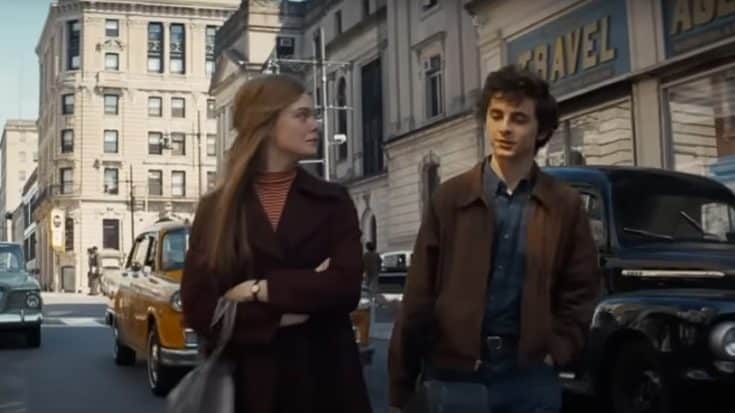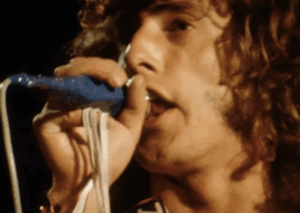10 Things “A Complete Unknown” Movie Got Wrong and Right

via WatchMojo.com / Youtube
The Bob Dylan biopic A Complete Unknown does a fantastic job capturing the spirit of his early career, but like most movies based on real events, it takes a few creative liberties. Here’s a breakdown of what the film got right and what it twisted for dramatic effect:
1. Dylan went to New York to visit Woody Guthrie (Right)
The film correctly shows Dylan traveling to New York to meet his hero, folk musician Woody Guthrie. However, it skips over the fact that Dylan wasn’t alone during this journey—his friend Fred Underhill was with him. Dylan tracked Guthrie down in New Jersey, not at the hospital as the film suggests.
2. Dylan’s introduction to Pete Seeger (Wrong)
The film has Pete Seeger taking Dylan in and helping him become a star, but this encounter isn’t as smooth. In reality, Seeger first heard Dylan perform at a Greenwich Village event, and it was there that he invited him to Carnegie Hall, not in a warm, fatherly meeting as depicted in the movie.
3. Dylan met Joan Baez at Folk City (Right)
The film gets this part mostly right, showing the first meeting between Dylan and Joan Baez at the famous Folk City. However, the timing is off, as they didn’t perform back-to-back, and their first encounter wasn’t as romantic as the movie suggests. Baez was actually in the audience with her boyfriend at the time.
4. Dylan turned to Baez during the Cuban Missile Crisis (Wrong)
The movie suggests that Dylan and Baez had a romantic night together during the Cuban Missile Crisis, but this didn’t happen. Their relationship wasn’t at that stage during the crisis, and the timeline doesn’t quite match up for them to have been so involved at that point.
5. Dylan’s Rainbow Quest episode (Wrong)
The film claims Dylan appeared on Pete Seeger’s TV show Rainbow Quest, but this is entirely fictional. Dylan was never on the show, and the spontaneous guest appearance seen in the movie never actually occurred. The character Jesse Moffet, featured in that scene, is also a made-up figure.
6. Dylan’s friendship with Johnny Cash (Right)
Dylan and Johnny Cash’s relationship is portrayed correctly. After receiving a letter from Cash, Dylan met him at the 1964 Newport Folk Festival, which marked the beginning of their friendship. The film does a good job of capturing their mutual respect and the influence they had on each other’s music.
7. Dylan and Bob Newworth’s elevator encounter (Wrong)
The movie invents a dramatic elevator encounter where Dylan meets Bob Newworth and they bond over music. In reality, the two met at the Indian Neck Folk Festival, not in an elevator, and there was no dramatic brawl. While their friendship is accurately depicted, the setup in the film is fictional.
8. Dylan’s complicated relationship with Sylvie Russo (Wrong)
The film portrays Dylan’s relationship with a character named Sylvie Russo, who is based on his real-life muse, Suze Rotolo. While the rocky romance is true, the film alters key details, such as their breakup. The emotional turmoil and some of the darker aspects of their relationship are glossed over or dramatized.
9. Dylan and Baez’s spat over “Blowing in the Wind” (Wrong)
The movie shows a confrontation between Dylan and Baez during a live performance of “Blowing in the Wind,” but this never happened. While Dylan did grow disenchanted with the song, he didn’t walk off stage mid-performance. The argument in front of a live audience is entirely fictional.
10. The crowd called Dylan “Judas” (Right)
One of the film’s most famous scenes is when Dylan is called “Judas” during a 1965 performance, which actually happened during his 1966 tour in Manchester. The film switches the location to the 1965 Newport Folk Festival, but the essence of the moment is spot-on. The scene accurately captures the anger of folk music purists when Dylan went electric.
Overall, A Complete Unknown does a good job of portraying Dylan’s early career and relationships, but like many biopics, it takes some liberties to make the story more dramatic. Whether these changes are necessary for storytelling or just creative exaggerations, they add layers to an already fascinating life story.













